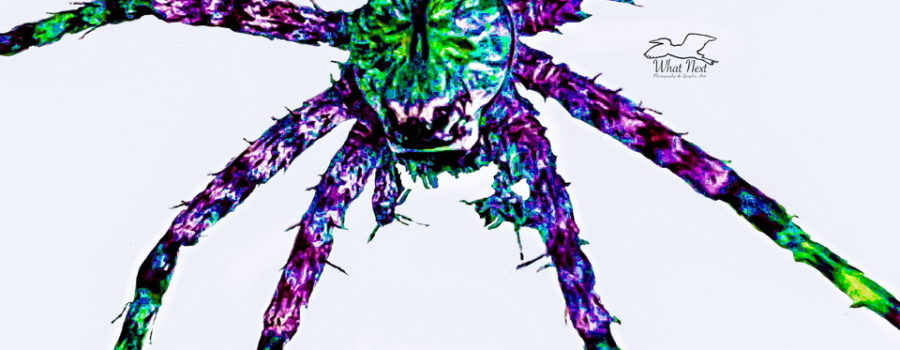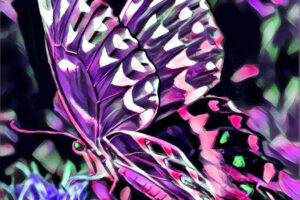Learning to Balance Creativity and Perfectionism Can be Tricky

I am what they used to call a type A personality. I’m a perfectionist and a control freak, and for my career as a veterinary surgeon, it has generally served me well. But there is a creative side to veterinary medicine too (there are quite a few of us who also work part time as artists). It’s not entirely unusual to have to get creative when bandaging, splinting, or restraining an animal, since they certainly can get creative in ways to remove said bandages, splints, and restraints. One of my favorite incidents was a very happy lab mix who injured the end of his tail. Every time he would wag the tail, which was most of his waking life, he would bang it on something and open it up again. We tried all sorts of bandages and restraints to no avail, and finally ended up putting him a pair of small panty hose. They kept the tail from wagging and were easy to get on and off for bathroom breaks and cleaning. The tail finally healed and everyone was happy.
So what does that have to do with art, you may be asking. The answer is that some aspects of veterinary medicine like creativity transfer over to the artistic world very well, while some others do not. I often find my perfectionist side to be a real pain when I’m working on a project. I don’t want to turn out junk, but I often find myself tweaking things that probably really don’t need to be tweaked. I have a very difficult time deciding that a piece is done. I’m often not satisfied, but I’m not even sure why. I have been known to work on something into the wee hours of the morning and still not feel finished. It has taken a lot of years, but I have learned that when I get like this the best thing to do is put it up for a day or two and then revisit it with a fresh mind. I know I’m far from the only creative who gets this way.

The perfectionist and the control freak tend to go hand in hand, but the control freak sometimes causes me problems, too. In medicine, you have some control (not completely, I’ll admit). You learn what tends to work and what doesn’t, and you usually get some type of feedback. In my artistic endeavors that’s not always the case. What works well in one piece, doesn’t necessarily work well at all in another. And feedback may be quite delayed, or never come at all. Feedback is also quite subjective. A piece I really like, may not do well at all with collectors while one I’m not entirely pleased about may sell the next day. When I first started doing artwork, it was entirely for me. It was a great way to relax and relieve the stresses first of college, and then of everyday life. Once I began trying to sell, it was no longer entirely for me, and if I didn’t get the results I wanted with a piece, I’d be heartbroken. Again, I think most of you can relate to those feelings. It has taken me a long time to find a balance between producing what I like and what I think the public will like (and honestly, I doubt I or any other artist will ever really understand what the public wants because it varies so much from person to person).
Very few people, if any, are completely type A or type B, and although many creatives tend towards the type B, and work more by how they feel, most have a bit of the perfectionist in them, too. This isn’t entirely a bad thing since anyone who is doing artwork at all seriously wants to produce good works, but we all have to learn to control that side of us to one degree or another. I think a big part of all of this is getting to know oneself and to know when to continue working and when to reel in the perfectionist and control freak. That takes time, plenty of practice, and introspection. Creating is one of the best ways I know of to accomplish that. So, if you are like me, and tend to doubt yourself, struggle with knowing when to stop, and wish for immediate feedback (who doesn’t), keep creating, keep working, and never let your creative side get completely overwhelmed by the perfectionist.






Recent Comments